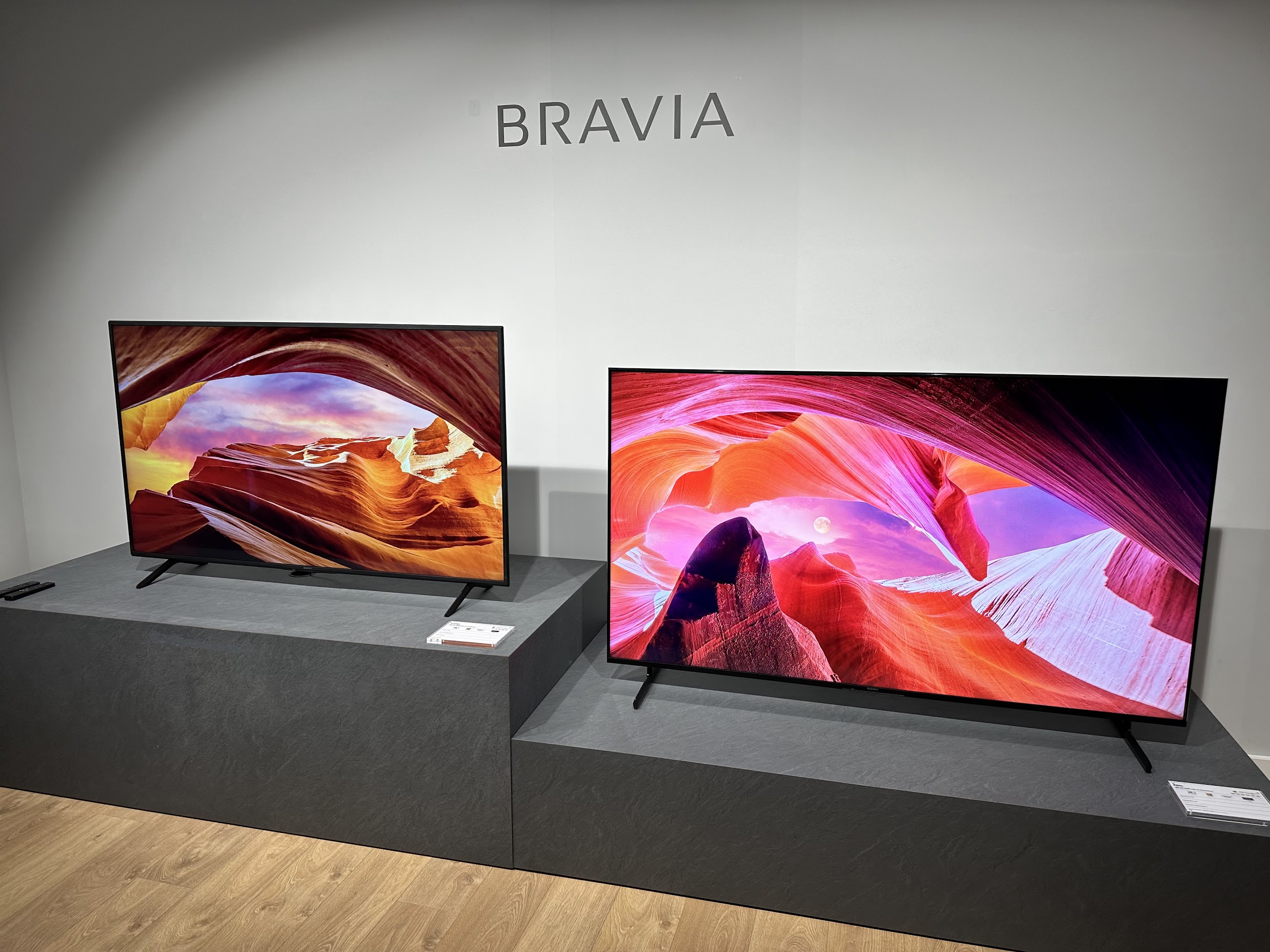The age of LCD is over, the time of the OLED has come. This is how one could sum up the situation. According to sources within the industry, R&D budgets would now be overwhelmingly devoted to the development of self-emissive technologies.
Game over for LCD technology? Fortunately not, but it will probably no longer be the subject of further improvements. According to Bob Raikes, journalist for Display Daily, who was able to speak with Merck KGaA, a German supplier specializing among other things in the materials and components necessary for the manufacture of LCD panels (subcontractor of LG and Samsung, in particular), LCD technology would simply no longer be the subject of research and development.
The LCD, soon to be buried?
For what ? Because the self-emissive OLED and MicroLED technologies (as well as Mini-LED, which still relies on backlighting) would have won almost all of the R&D budgets from the main market players… but also because LCD technology seems having reached its full potential, the maximum of what it can do, notes Tom’s Guide USA.
This news comes as LCD technology continues to be used heavily in the TV and monitor market by most of the big names in the industry. It also remains very popular with consumers, in particular because it allows the marketing of affordable screens.
The end of R&D for the LCD will therefore not sound the death knell for this technology on the market, at least not immediately. LCD screens should indeed continue to be manufactured massively, their price should also continue to fall… but we should no longer expect future technological innovations concerning them. Clearly, they will not improve so much in the future.
OLED, Mini-LED and MicroLED for the future
” I asked [Merck KGaA] what they were doing to take liquid crystal base materials for displays to the next level […]but they told me that there is no customer demand for significant development of materials for LCD “says Bob Raikes.
The development of our future televisions and monitors will therefore essentially involve research into OLED or even MicroLED technologies. In the immediate future, Samsung Display, for example, is investing a lot in R&D related to its QD-OLED technology. The latter is used on the top of the Korean manufacturer’s range but must also be used by certain premium models from Sony.
PHOLED technology is also at the center of attention at the time of writing these lines. The latter uses a blue phosphorescent material with a longer lifespan, which is also brighter than the traditional organic material of conventional OLED panels.
Source : Tom’s Guide

16